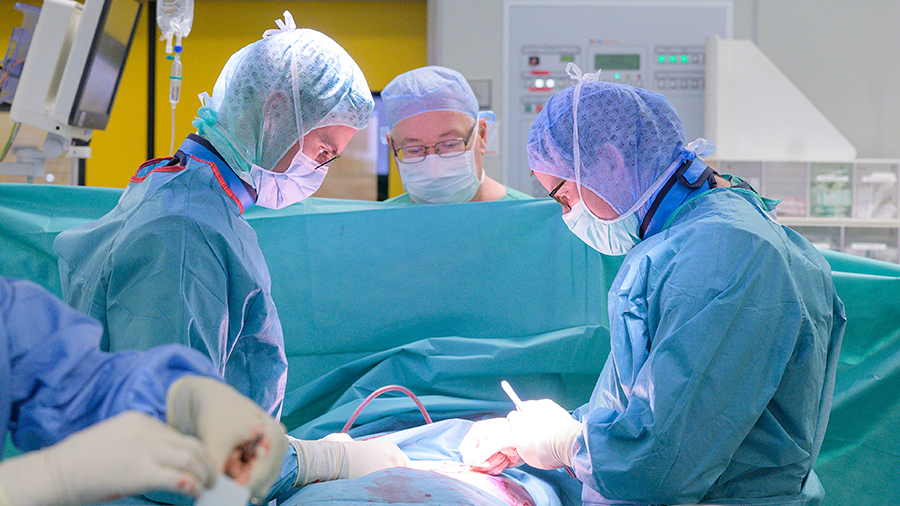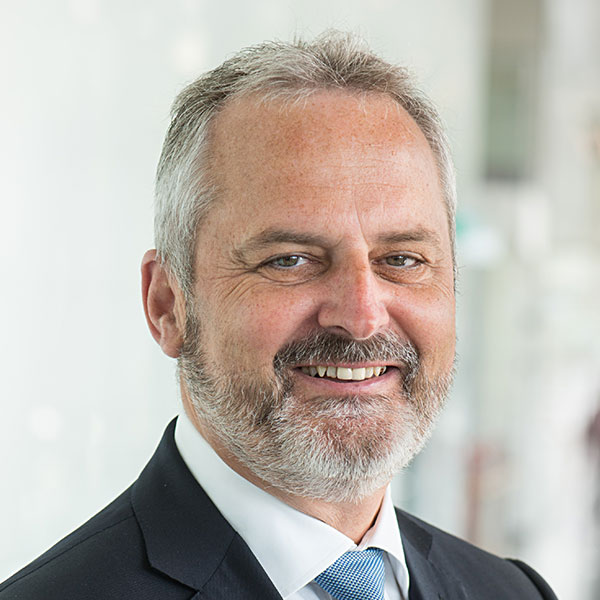Operating on the threshold of digital transformation

AO President Elect Florian Gebhard considers progress to date in bringing technological advances into the OR to improve patient treatment and outcomes.
It's exciting: the changes that we will see in the next few years to how we learn, train and operate. It's remarkable to consider how far we have come already. And what the further opportunities are.
Gamification, simulation: environments that look and feel almost real but don't exist, designed to your needs. There are technological hurdles to overcome: resistance. You need a force feedback system in simulation. It is something we can achieve in CMF surgery which is very delicate, but we cannot yet achieve it in trauma.
We are seeing the changes right now here in Germany. The resident program is changing: it is no longer about the numbers of operations you perform. You have to prove competence. You have less exposure to patients, but you have to get to the same level: it is difficult. And rightly so.
AI does not provide a magic bullet. But together with all available digital information today it will support surgeons in analysis and decision-making. It will become an integrated part of the IT world in hospitals.
In the OR we see the benefits of these new digital technologies and solutions today. Take for example computer aided navigation. This makes the expert faster and more precise, it reduces radiation exposure, increases precision, enhances security, and still reduces OR time. This is of clear benefit to hospitals, surgeons, and most importantly: patients.
You see it with SPI: which is like an online textbook showing every step of the procedure, enriched with implant specific content. It improves workflow in the OR, it helps enforce and raise standards. The more we standardize certain aspects of procedures the more room we have for a personalized approach where it is needed.
Resources are channeled more effectively. For this change to happen in the OR, it happens first in training. The AO is embracing the need for high-end simulation in the educational courses it offers. We are excited to be able to add new tools to the existing suite of training resources, especially since they are more attractive to current and future generations.


